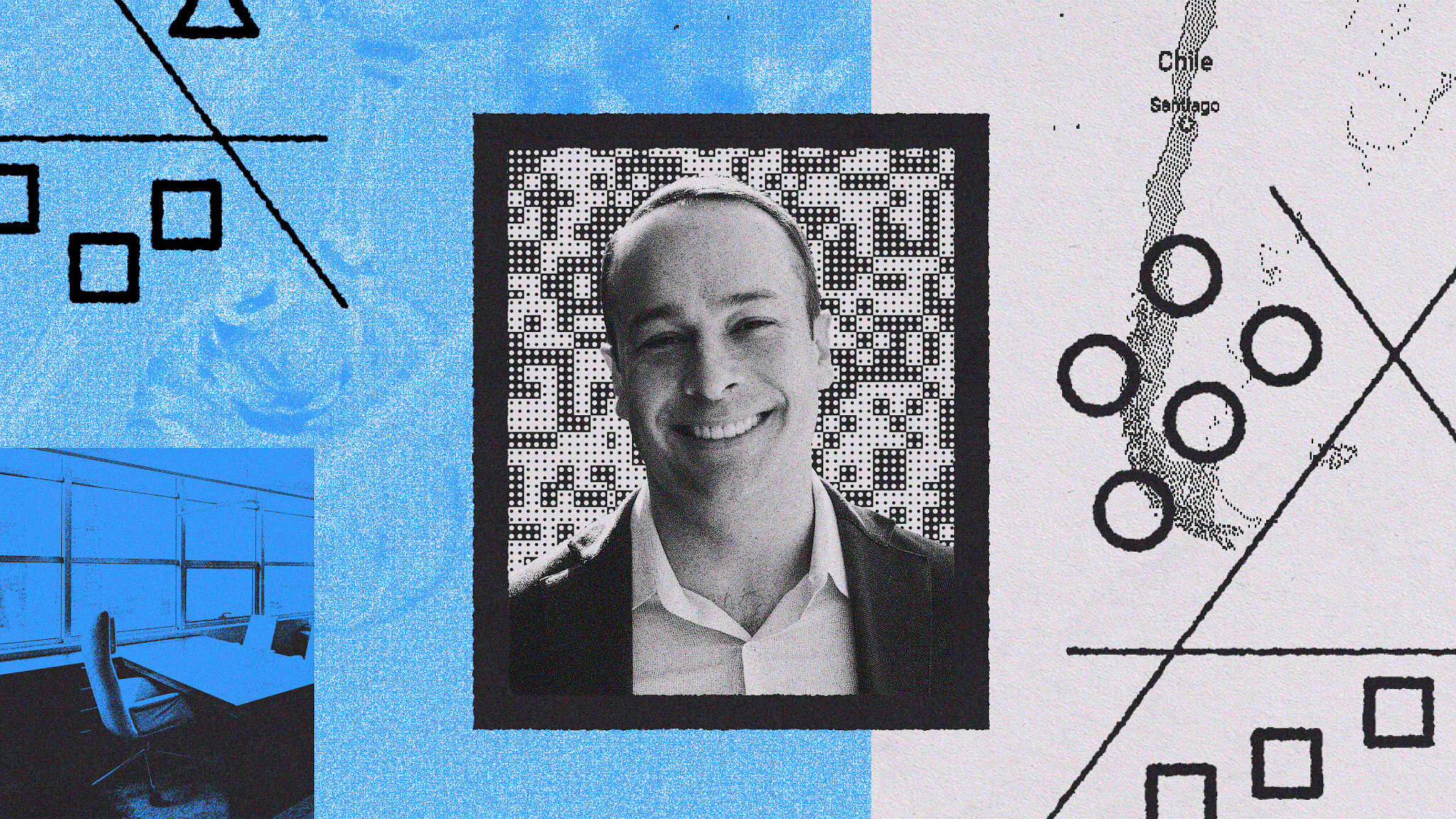NIH has to play a larger role in working with the private sector to get more effective treatments through the development pipeline, approved by the FDA, and into the hands of the public.
Question: What is some of the most exciting research the NIH is currently working on?
Francis Collins: We are experiencing right now a remarkable deluge of discovery in terms of the causes of disease, much of it coming out of genomics, the ability to pinpoint at the molecular level what pathway has gone awry in causing a particular medical condition. And that in itself is exciting because it’s new information, but what you really want to do is to take that and push that forward into clinical benefit.
Some of that could be in prevention by identifying people at highest risk and trying to be sure they are having the right preventive strategy. But people are still gonna get sick, and so you want to come up with also, better treatments than what we have now. How to do that has largely been left to the private sector in the past, basically private sector has made their whole business out of identifying possible ways of coming up with a therapeutic, which is often a small molecule an organic compound that would have just the right properties to improve the situation.
In the past, those were derived rather empirically, just trying thing to see what worked and not always knowing why it worked. More recently because we do have a better handle on what’s going on inside a cell and how a disease affects that, there are rational strategies for screening a very large library of chemical shapes trying to find the one that’s got the right properties. This is a high throughput screening approach.
NIH has gotten much more involved in that in the last six or seven years and many academic investigators who are really unfamiliar with these steps towards therapy have gotten pretty excited about being able to take their basic discovery and move it in the direction of a therapeutic. But it’s a long path, it’s one thing to have a compound that works in a petri dish, that looks like it might potentially have the right properties to treat a disease. The idea of actually giving that to a patient means you’ve got a lot more work to do in terms of testing its toxicity in an animal, its ability to be metabolized and absorbed. All of those which are long, expensive processes. And in that degree, that’s called ‘The Valley of Death’ and that’s where a lot of projects die.
NIH is now pushing very hard to provide bridges across that “Valley of Death” for carefully chosen project so they don’t stop at that point. Not that we’re competing with the private sector. We wouldn’t undertake projects of that sort that the private sector is already going after, but for diseases that are relatively less common; the economic incentive is just not there to push these things closer to the clinic.
So through new programs, particular one called The Cure is Acceleration Network, we are investing in that process and making it possible for academic investigators to go much further down that pipeline towards a therapeutic, and we have clinical centers scattered all over the country; about 60 of them, plus the largest of them right here at NIH with 240 research beds that are set up to do those initial clinical trials to see if the drugs work. We built a much stronger relationship with the FDA than has ever been in place before to try to be sure there’s a synergism there between the development of these compounds and their oversight. And we’re optimistic. This is gonna change the paradigm in partnership with the private sector to get more effective treatments out through this pipeline and approved by the FDA and into the hands of the public even for conditions that are not that common.
We can’t wait for the next blockbuster, there aren’t going to be very many blockbusters. Diseases are actually being broken apart into subsets by molecular understanding, which means that the block buster model is getting less and less viable. But if we want to see program in therapeutics, NIH has to play a larger role. And we embrace that. And that for me is one of my highest priorities while I am the director.
Recorded September 13, 2010
Interviewed by David Hirschman






